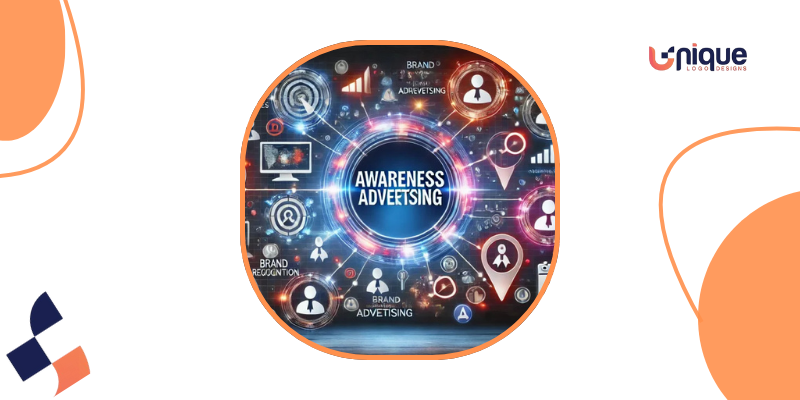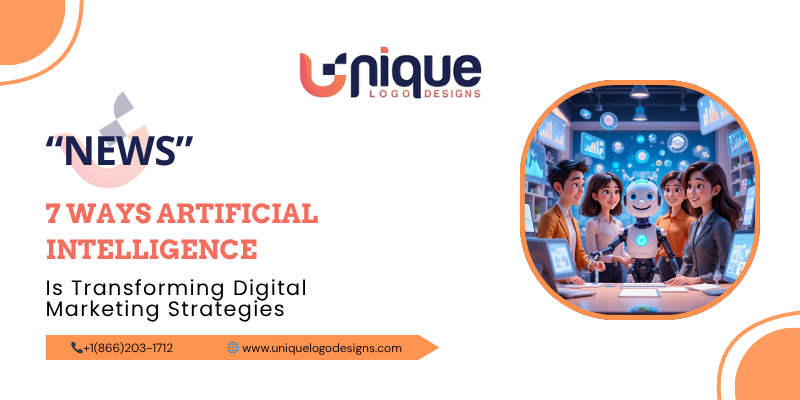How to Leverage AI in Digital Marketing Strategies
The digital marketing field is being transformed by rapid advances in artificial intelligence (AI). Marketers now use advanced AI tools to predict consumer behavior, automate tasks, and deliver personalized experiences at scale, moving beyond intuition and basic analytics.
This technological shift is not only changing how marketers work, but it is also fundamentally redefining what is possible in reaching and engaging audiences. From small startups to global corporations, businesses across every sector are discovering that AI-powered marketing strategies deliver better results while requiring fewer resources.
1. Hyper-Personalized Customer Experiences
Artificial intelligence has enabled the delivery of truly personalized content to each individual customer, surpassing the simple insertion of names in email campaigns.
AI algorithms analyze customer data—such as the websites customers visit (browsing history), what they buy (purchase patterns), how they interact on platforms like Facebook or Twitter (social media interactions), and information like age or location (demographics)—to create detailed profiles.
These insights enable marketers to deliver tailored content, recommendations, and offers that cater to each person’s preferences. Netflix and Amazon’s recommendation systems show how AI-driven personalization boosts engagement and conversions.
The result is a marketing experience that feels helpful rather than intrusive, improving satisfaction and loyalty.
2. Predictive Analytics and Customer Behavior Forecasting
AI excels at predicting customer behavior with accuracy.
Machine learning models process historical data to identify patterns and trends that human analysts might miss, enabling marketers to anticipate what customers will want before they are even aware of it themselves.
This predictive capability allows businesses to optimize inventory, prepare targeted campaigns, and allocate marketing budgets more effectively. Retailers can forecast which products will be in demand, while service providers can identify customers at risk of churning and intervene proactively.
Predictive analytics reveals the optimal timing, channels, and content for engagement—making marketing proactive rather than reactive.
3. Intelligent Chatbots and Conversational Marketing
AI chatbots have revolutionized customer service by providing instant, 24/7 support that mimics a human touch.
These virtual assistants handle complex queries, guide purchases, and resolve issues without requiring human assistance, thereby reducing response times and costs.
Modern chatbots utilize natural language processing (NLP), which enables computers to understand and interpret human language, comprehend the context (meaning behind messages), detect sentiment (positive or negative feelings), and recognize intent (the purpose of the message), thereby facilitating meaningful conversations that foster relationships.
Conversational AI creates interactive marketing that collects data and adds value. Chatbots qualify leads, conduct surveys, give recommendations, and complete transactions—turning passive visitors into active brand participants.
4. Automated Content Creation and Optimization
Artificial intelligence is increasingly capable of generating marketing content — from social media posts and email copy to blog articles and product descriptions.
While AI may not entirely replace human creativity, it excels at producing data-driven content at scale, freeing marketers to focus on strategy and creative direction.
AI content tools can analyze top-performing content across industries, identify winning formulas (effective structures or approaches), and generate variations optimized for different audiences and platforms.
AI also refines content by analyzing results and suggesting improvements to headlines, calls to action, and layouts. A/B testing that previously took weeks now runs in real-time, with AI constantly learning and optimizing strategies to increase engagement and conversions.
5. Enhanced Programmatic Advertising and Ad Targeting

AI has revolutionized digital advertising through programmatic buying. Programmatic buying uses algorithms (step-by-step problem-solving procedures) to automatically purchase ad space in real-time online auctions.
These systems instantly analyze millions of data points to find placements that best reach target audiences at optimal prices.
AI-driven targeting enables marketers to reach specific audience segments based on behaviors (actions taken online, such as clicks or purchases), interests (topics or activities people enjoy), and intent (what customers plan to do), rather than relying solely on demographics.
AI optimizes ad creative by automatically selecting images, headlines, and calls-to-action for each viewer. Campaign monitoring and adjustments happen continually, with algorithms making thousands of micro-optimizations.
6. Voice Search Optimization and Audio Marketing
Smart speakers and voice assistants have created new marketing channels, thanks to the power of AI.
Voice search uses longer, more conversational phrases, which AI helps marketers analyze and optimize for.
AI enables marketers to analyze voice search patterns and adjust SEO strategies, accordingly, ensuring their content appears in voice search results.
AI enables voice-activated ads and audio content personalization, letting brands deliver relevant messages via smart speakers and podcasts.
Voice commerce is growing, with AI assistants enabling purchases through simple spoken commands and creating new customer touchpoints.
7. Advanced Customer Segmentation and Micro-Targeting
Traditional segmentation grouped audiences broadly, but AI enables micro-segmentation that identifies nuanced groups based on needs and preferences.
Machine learning algorithms can process a wide range of variables (types of customer data) to uncover hidden patterns and create highly targeted audience segments.
Marketers can now target campaigns to each micro-segment’s motivations and needs—reducing waste and increasing relevance so customers feel understood.
AI segmentation is dynamic, updating as customer behaviors change. Segments shift quickly, but AI refines definitions to maintain effective targeting.
Conclusion
Artificial intelligence is not just another digital marketing tool; it represents a fundamental shift in how businesses understand and engage their audiences.
The seven transformations outlined here demonstrate AI’s power to make marketing more efficient, effective, and customer-centric than ever before.
As AI continues to evolve, marketers who adapt will thrive, while those who don’t will fall behind.
Now is the time to take action—start integrating AI tools into your digital marketing strategy today to stay ahead, deliver greater value to your customers, and lead in an evolving marketplace.
Featured Video
Credit: AI Tools for Small Business – 7 Ways Small Businesses Can Use AI to Build Awareness & Connect with Customers (YouTube)
Disclaimer
Some content in this article is summarized and adapted from third-party sources and English-language video materials.
We have verified the facts, but readers should still consult the original sources for complete details.

